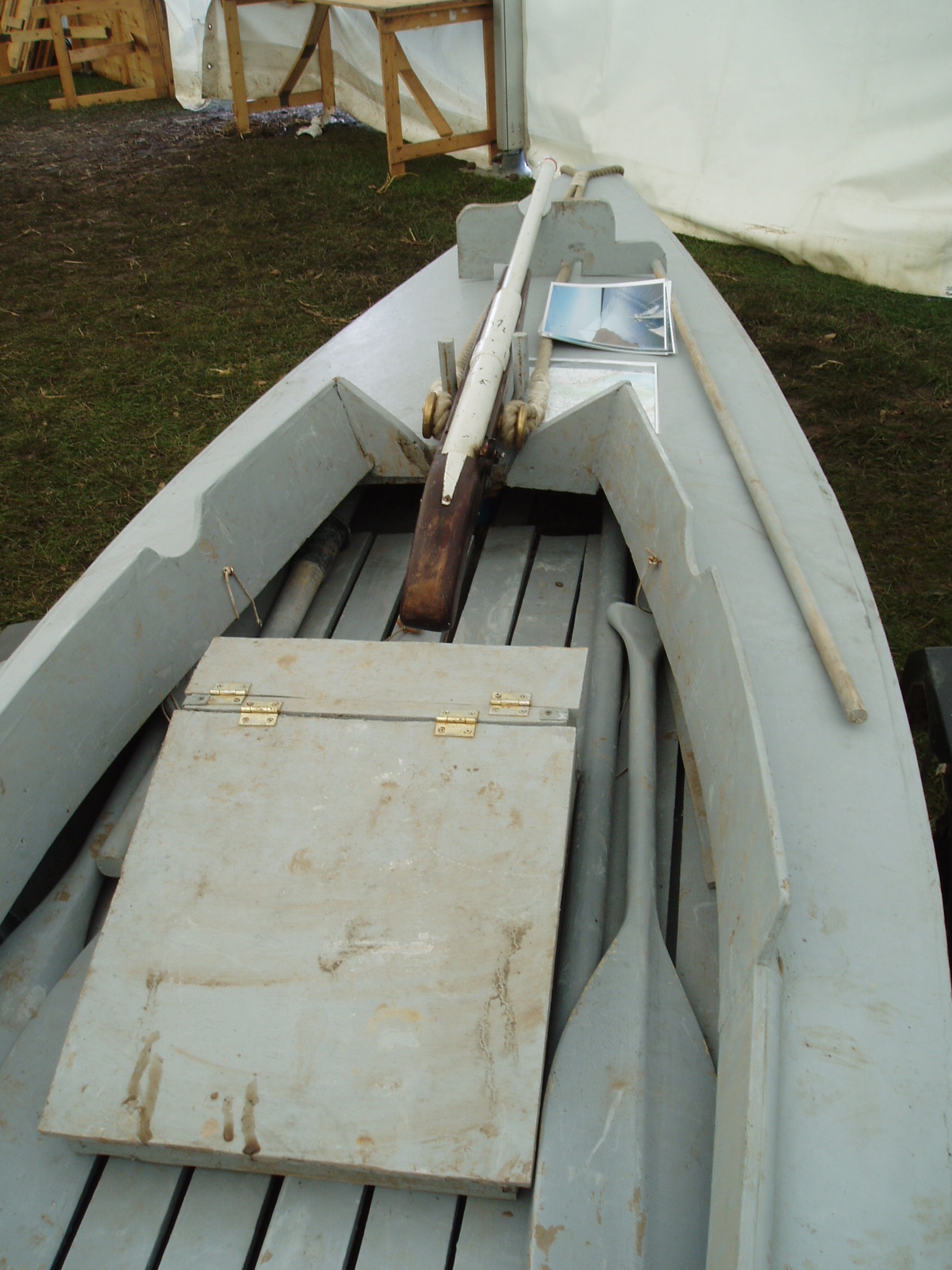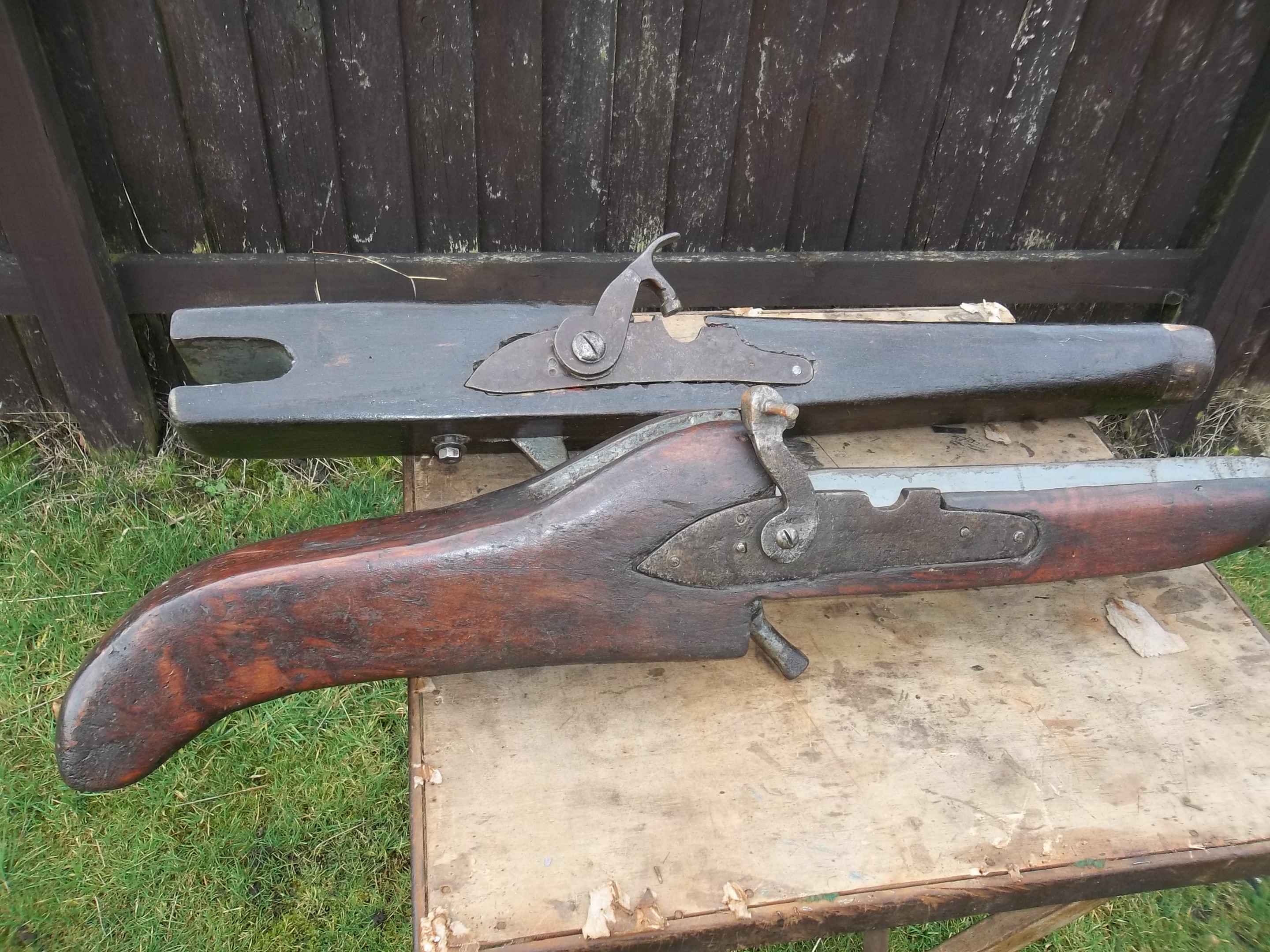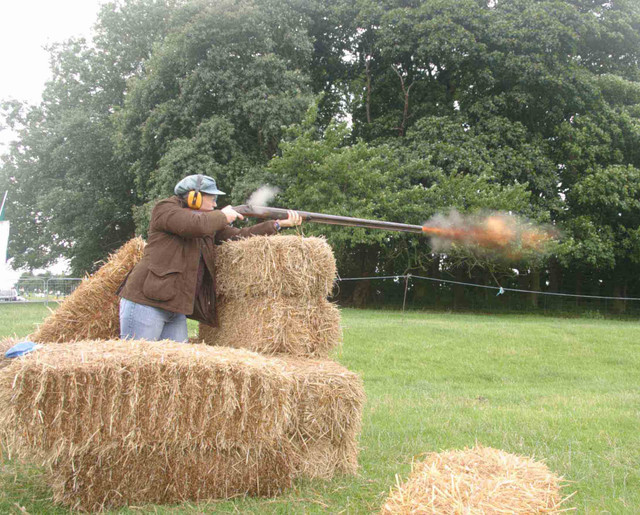Many years ago, I read a book about punt gunning in the UK, as it was practiced at that time - mid 20th century. Some guns were ml, others bl. Considerable effort was put into making a single shot, and the bag for the season was not much different than that of a conventional waterfowler.
Are punt guns/punt gun barrels still being made in the UK?
In North America, I don't believe anything over 10ga can be used for waterfowling, and non lead shot is mandated.
Are punt guns/punt gun barrels still being made in the UK?
In North America, I don't believe anything over 10ga can be used for waterfowling, and non lead shot is mandated.









